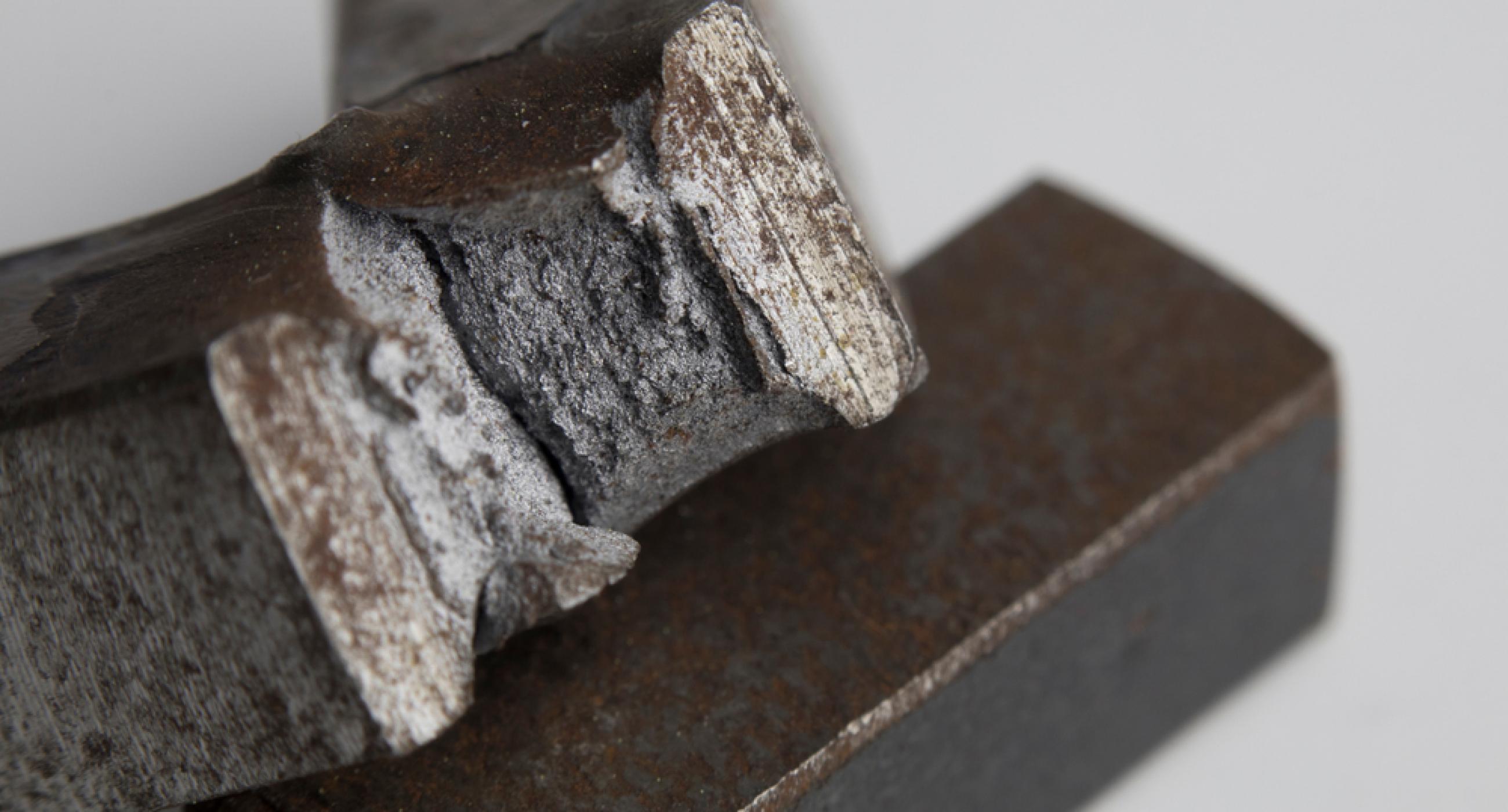The testing of the materials used for the production of industrial components is essential to keep the mechanical characteristics under control and evaluate any variations with respect to suitable values.
There are various types of mechanical tests that can be used and are divided into two main types:
- STATIC: these include, for example, the uniaxial tensile test and the three-point bending test.
- DYNAMICS: among these there are, for example, the resilience test and the fatigue test.
The resilience test is a mechanical test that analyzes the dynamic stress deriving from the impact of a pendulum on a specimen suitably made by means of legislation. In particular, what is evaluated by carrying out this test is the amount of energy that is absorbed during the impact.
How is the resilience test carried out?
The most common among the resilience tests is the test carried out using the Charpy pendulum. This test is standardized and is the most used both on an industrial and academic level to test materials.
In particular, it provides information on the materials and their choice in the application field, the production process carried out and allows the delineation of ductile-brittle transition curves deriving from the effect of temperature. Despite all these excellent characteristics, it should be remembered that the resilience test provides the resulting values which are useful for a comparison but which have no absolute value in the design phase.
The specimens for carrying out this type of test are usually parallelepiped-shaped (with characteristic dimensions close to 10x10x55 mm) and may have a notch perpendicular to the major axis which can be:
- V-shaped notch: we talk about KV resilience;
- U-shaped notch: we talk about KU resilience.
In addition, there are KVW resilience tests carried out without obtaining a notch on the sample.
The unwinding takes place by placing the sample, without fixing it, on a support. The pendulum, or a rod that has a hinge at one end and a club at the other, is left free to fall and impact the specimen, breaking it and reaching a certain height. The evaluation of the height reached, which is carried out automatically using modern testing machines, is the basis for calculating the resilience value.
When is the resilience test used?
In the industrial field, the resilience test is often used by the Quality Offices because it is a rapid test that allows to obtain reliable comparison information in a short time. It is often used to compare the performance of a product made internally and externally, the characteristics of an equipment (such as those of a mold in a foundry), or to evaluate the performance of certain heat treatments and highlight production strengths or defects.
The effect of temperature on resilience
When carrying out mechanical trials and tests to evaluate a material, the environmental and test conditions must always be taken into account in order to be able to make an evaluation free from systematic errors that can affect the final result. Among these, the main ones are:
- Temperature;
- Pressure;
- Test execution speed;
- Humidity.
By keeping the last three parameters uniform, it is possible to focus on the temperature of the tests. In fact, this variable is notably important because it can significantly modify the results obtained by showing the actual behavior of the material in operation, above all, as previously indicated, from a comparative point of view.
Basically, the effect of temperature can be summarized as follows:
- Going to a higher temperature than the ambient one, higher resilience values are obtained;
- Going to lower temperatures than the ambient one, lower resilience values are obtained.
In particular, the results can be highlighted by graphs with the temperature on the abscissa and the resilience on the ordinate, noting an increasing trend with the temperature but not in a linear way.
Understanding the effects and testing them correctly is an absolute necessity in order not to generate misunderstandings and make incorrect assumptions in the design, study and testing phases. For this reason it is essential to carefully investigate these aspects both from the literature and through targeted experiments.
